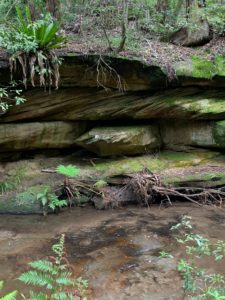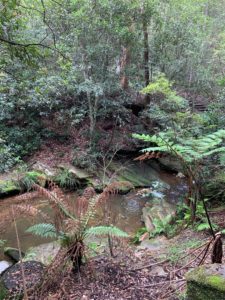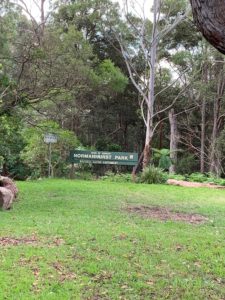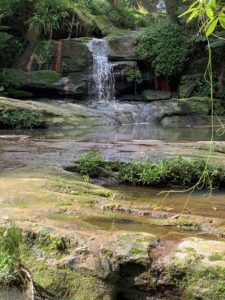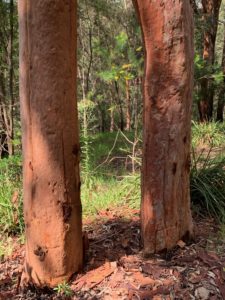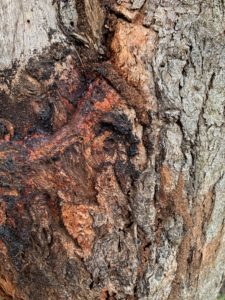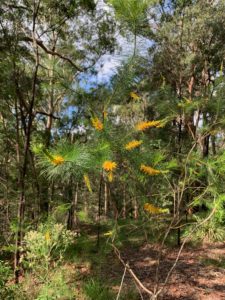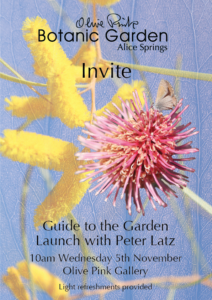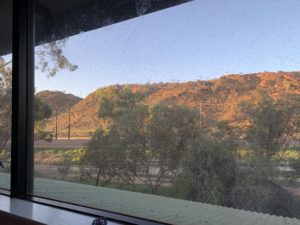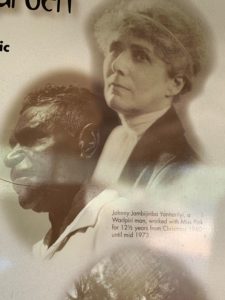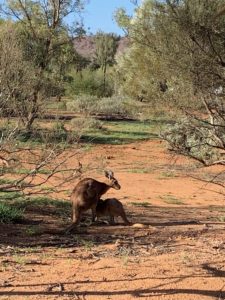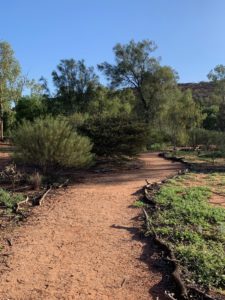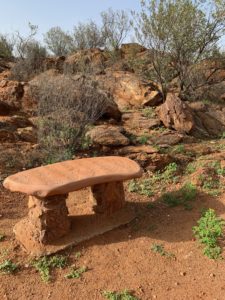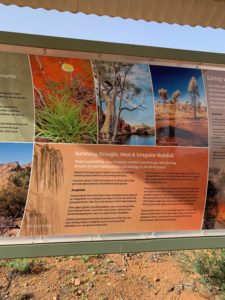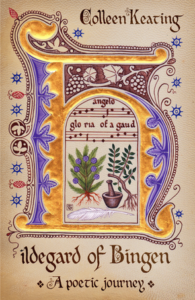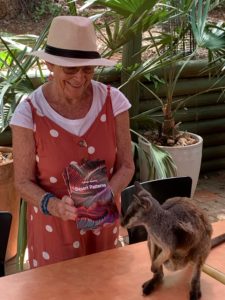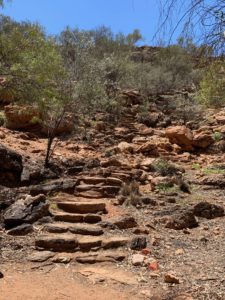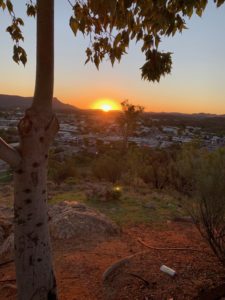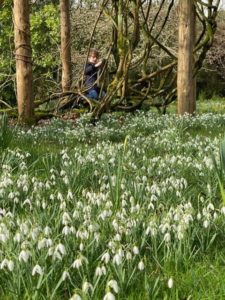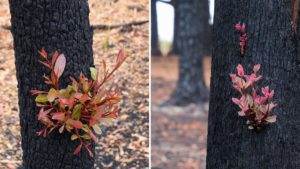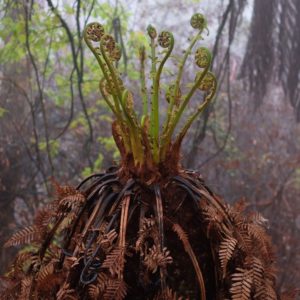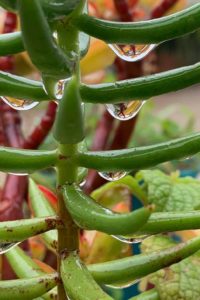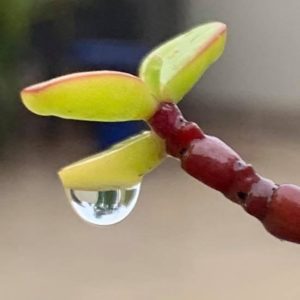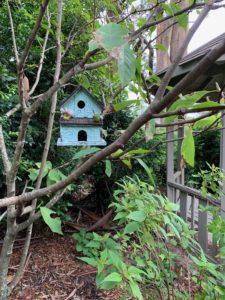
Hildegard always encouraged:
Live simply
Live in the moment
Live in beauty
Her way of healing, – individuals, groups, the world is going to the cause of the problem and working towards healing the cause, compared with today’s medical model of treating only the symptoms not working towards the healing the problem.
This is like putting a blanket on a fire to smother the symptoms with out putting out the actually spark of fire.
The golden guidelines from Hildegard:
- Viriditas literally “greenness,” a word meaning vitality, fecundity, lushness, verdure, or growth. For us today in isolation and social distancing draw energy from nature’s life force.
This can be found by sitting in a park or observing a tree or listening to the birds. one friend took 53 photos from her window and it was fulll of colour and movement. Just be present to what you see. and the delight of nature is there for you.
- Healthy and balanced nutrition found from food’s healing powers
3 Regenerate strained nerves with healthy sleep, exercise and good food.
4. Find a harmonious balance in your day. Make a routine – stretching, walking, drinking plenty of water, doing what ever activity possible.
5 Be vigilant . Wipe down delivered shopping. Wash fruit and vegetables.
6 When stress arises:
(a) name it, face it
(b) accept it
(c) flow along/float
(d) Let time pass
(e) Remember no feeling is final
(adapted from Healthy Hildegard.)
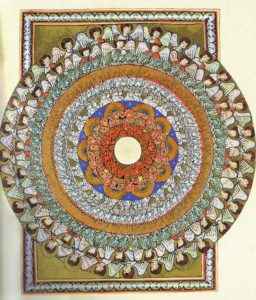 Hildegard always writes and speaks about the interconnectivity of all things
Hildegard always writes and speaks about the interconnectivity of all things
we are interrelated and interdependent on all things and it is only when we bow down to that and become stewarts of our earth will we be healed. Thank you Hildegard.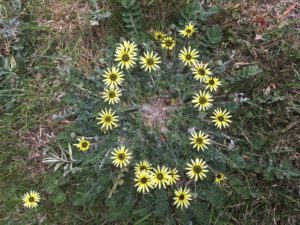

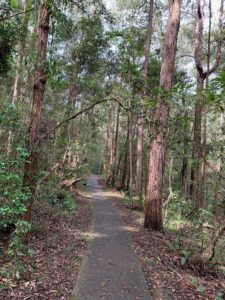 There is still a lot of track we have to discover but today we just wandered along on the high track overlooking the creek and listening to the song of the water falling and running along as a small creek.
There is still a lot of track we have to discover but today we just wandered along on the high track overlooking the creek and listening to the song of the water falling and running along as a small creek.